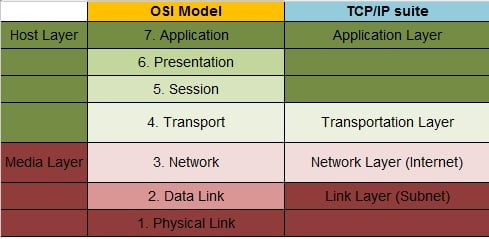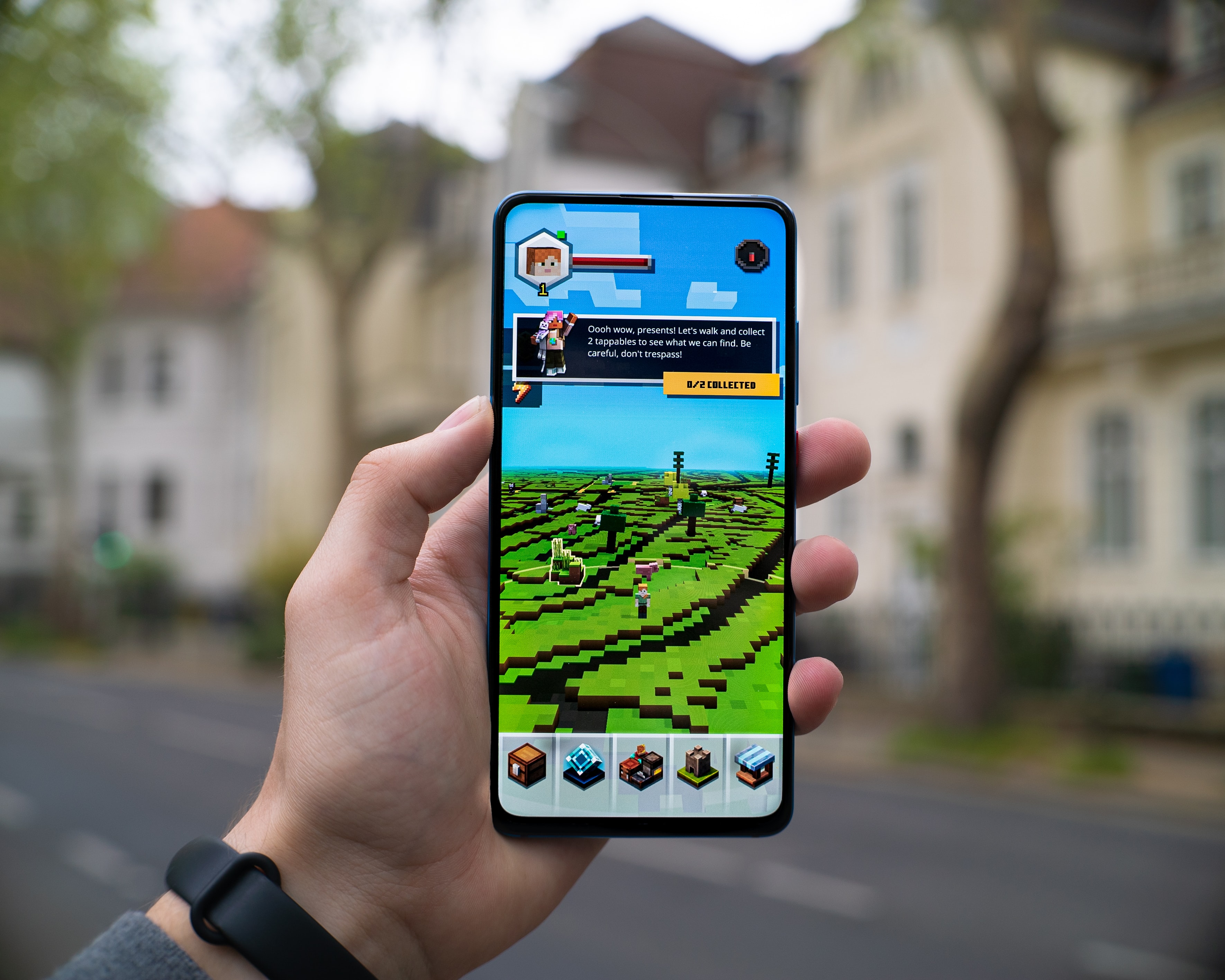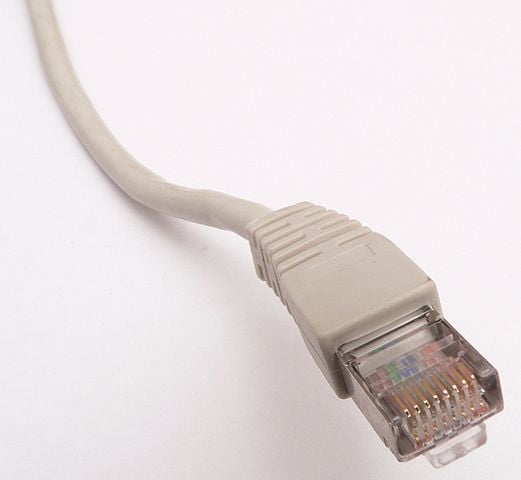Communications Protocol Structures & Models

Posted on May 12, 2014 in Robot Programming
2 min read time
Communication protocols describe the set of rules to be used in communication exchange; each one having its own syntax, semantics, and synchronization rules. There are currently two main models for communication protocols being used. The Department of Defense (DOD) went in first with the TCP/IP (Transmission Control Protocol and Internet Protocol) suite in 1970 with which the Internet network evolved. Then the International Organization for Standardization (ISO) effort in the networking domain resulted in the OSI model in 1978.
OSI (Open System Interconnection) model:
- Physical Link: Transportation medium (RS-232, USB, Firewire, Ethernet, optical fiber, radio link)
- Data Link: Functional and procedural means of data transfer. Physical addressing and arrangement of bits. (LLC, token bus, x-25, CAN-bus)
- Network: Transfer of data sequences and managing routes. (NBF, CNLS)
- Transport: Providing reliable data transfer to the upper levels. End-to-end data transfer. Success of data transmission, error check. (TP0,TP1,TP2,TP3,TP4)
- Session: Controlling the dialog between terminals. Synchronization of exchanges, session opening and closing. (Half duplex, full duplex, etc.)
- Presentation: Formatting and encrypting/decrypting data to be sent on the network. (ASCII)
- Application: End user access point, interact with software application. (Modbus)

Summary of OSI and TCP/IP communication protocols model
TCP/IP, a more pragmatic approach from the internet:
- Link Layer: The lowest layer (closest to the machine), the physical and logical connection between host and nodes. (Ethernet, IEEE 802)
- Internet Layer: Regrouping the methods, protocols, and specification of data packets transportation. (IP for Internet Protocol, using IPv4 or IPv6)
- Transportation Layer: Providing end-to-end communication; ensuring reliability, flow control, and multiplexing. (TCP or UDP)
- Application Layer: The highest layer (closest to the user) protocols, it uses the transportation and internet layer to establish host-to-host connection. (FTP, HTTP, FMTP, etc.).
Communication Protocols in Industrial Robotics
Most of the protocols being used in the industry apply on level 7 of the OSI model and vary with the type of physical connection being used (level 1 and 2 of the OSI model). The OSI model can apply to many of the protocols used in the industry, like DeviceNet, ControlNet, and Ethernet/IP protocols, but there are no real standards on the model being used and many of them are a blend of OSI and TCP/IP models. Watch the next post on robotics communication protocols for more!







Leave a comment